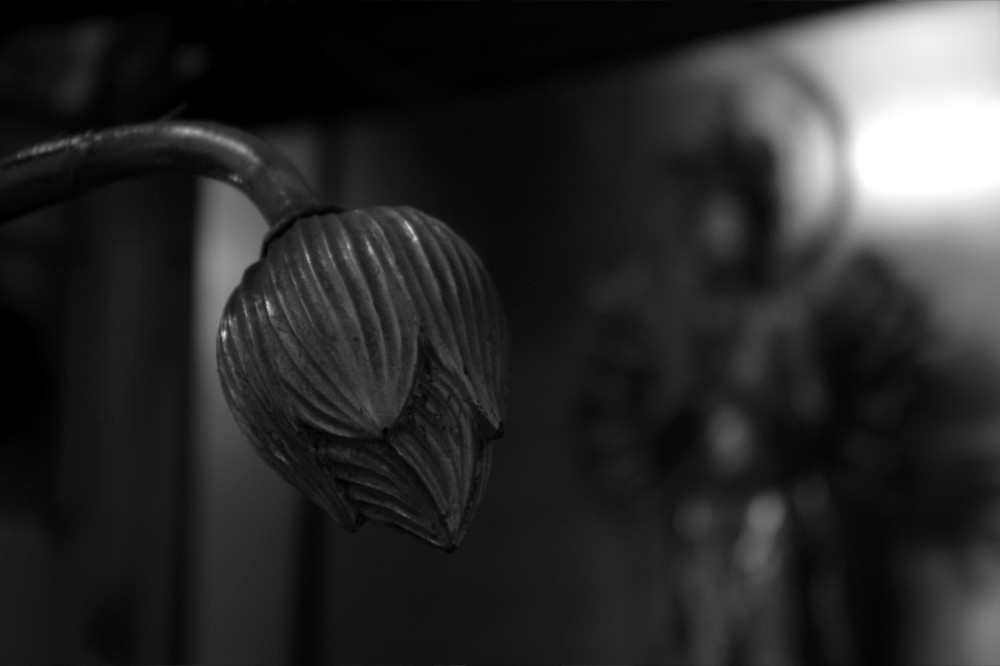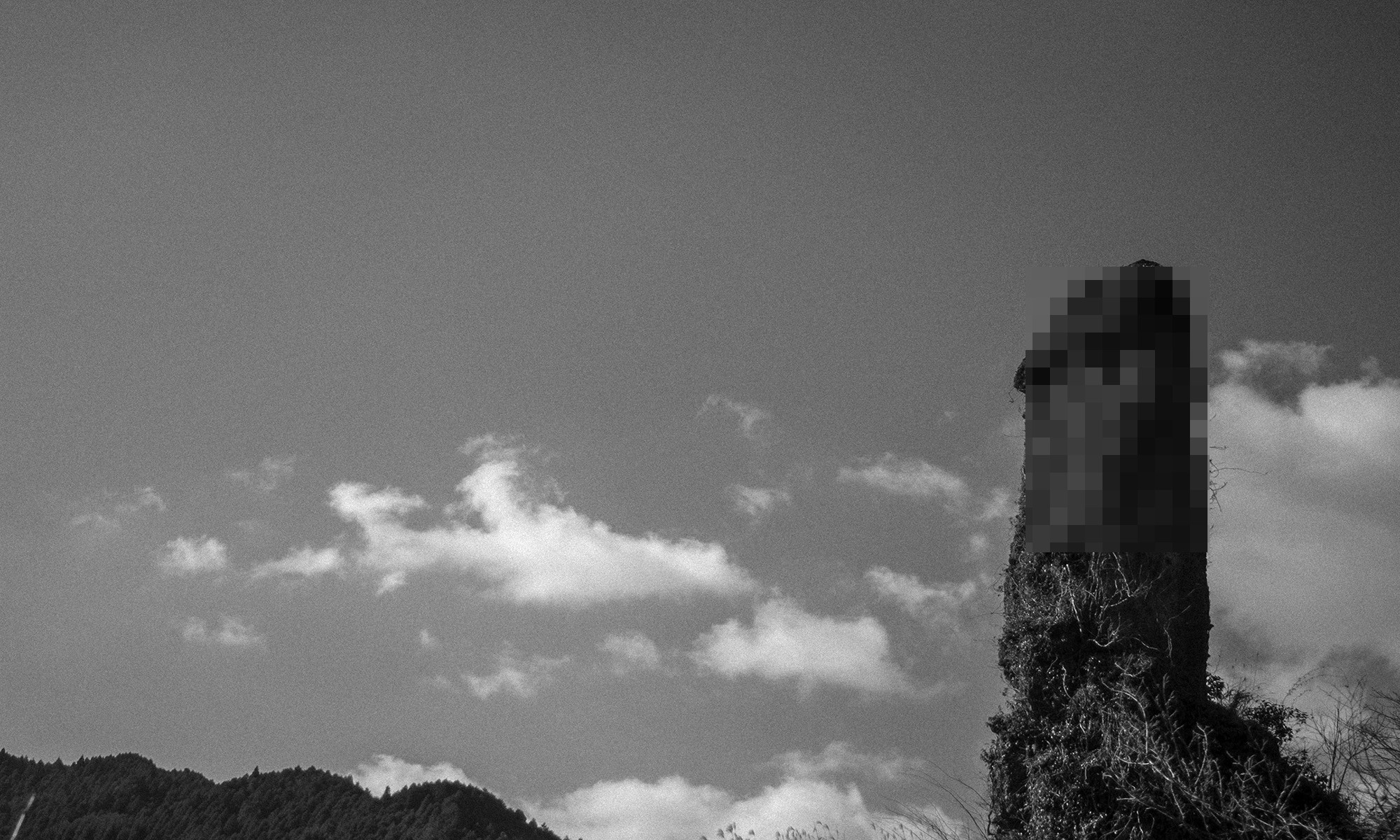日本には多くの神社仏閣があるが、時代が進むにつれ、檀家や氏子離れが進み、多くの歴史が埋もれていっている。特に地方部ではそれは顕著でもあり、飛形山大光寺の「秘仏十一面観音菩薩」の12年に一度の公開も地元八女市ですら知る人が少ない。そしてその歴史も、知らぬ人があまりにも多い。古文書を読み解き紹介しよう。

筑後第31番観音霊場飛形山大光寺の歴史は古い。歴代最初の女性天皇、推古天皇の時代(飛鳥時代)609年に百済国(現在の朝鮮半島)からの僧侶、日羅聖人により開基された。つまりは今から1431年前に建立された。日羅自作の十一面観音とその脇に善哉童子と八歳龍女に加え、持国天、広目天、増長天、多聞天の四天王、仁王が安置された非常に立派な伽藍であった。繁栄をしたが774年に落雷により焼失、仁王のみが災難を逃れたが、再興されることなく仁王像のみが残され荒廃していった。

時は流れこの地を訪れた行基が、堂塔の礎のみ残る状況を見て嘆きこの地に滞在、十一面観音菩薩を彫り上げ、小堂を再建したとされているが、行基は749年に無くなっており、時代が矛盾する。行基が筑前地域などに建立されたとされる寺院などは718年前後にあるのだがが、これらは行基が関西圏で寺院を建立していた時代と重なることからも、おそらくは行基の弟子がこの地を訪れたのではなかろうか。行基の下りは後世「行基であった」と書き換えられた可能性が高い。
そしてここからが面白いところだ。宇多天皇の寛平の時代(889年から898年)に観世音を深く信仰していた太宰府の藤原高房が志那(現在の中国)より日本を訪れていた仁橋に大金を渡し、白檀の高木の大樹を仏像を彫るために入手して欲しいと頼んだ。仁橋は帰国後これを入手したが、政府がこれを国外に持ち出すことを許さず、この5尺6寸(212㎝)×3尺8寸(144㎝)の白檀に「日本筑紫高房に寄す」と書き記し、海へ流した。そして高房はその木材を手にすることなく亡くなった。
高房の子は黄門侍郎(日本での中納言にあたり、唐名を日本で使っていた)となり、大宰府に移り住んだ。そしてそこで海岸線で光る香木を見つけ、そこに亡き父の名を見つける。感極まった高房の子は、その材を仏像にすべく京都へと向かうが、摂州嶋下郡(現在の大阪・茨木)辺りで材が全く動かせなくなる。そこで「仏像が彫りあがった際にはこの地に安置する」と言うと、すんなりと白檀の材は動いたという。

そして長谷寺を参拝、仏像が無事彫りあがることを祈ると、7日目に「急ぎ京へ向かえば仏師を遣わす」とのお告げを受ける。急ぎ京へと足を運ぶと、一刀のみを持つ童子が「私は仏師である、仏像を彫るから私に任せろ」と現れた。高房の子は喜んだが、貴重な材であることから、まずは別の材に試し彫りをさせてみると、見事な仏像を彫り上げた。そしてこの童子に材を託すと「九旬(90日)で彫り上げる」と約束すると部屋に籠った。そして90日が立ち、部屋の中をのぞくと、そこには童子の姿はなく、千手観音がそこには鎮座していた。これは長谷観音の化身だったのではと喜び、約束通りこの観音像を 摂州嶋下郡に移し、新たに寺を建立した。
そしてその後大宰府にこの像を持ち帰ったところ、夜な夜なこの像が光りながら筑後の方へ飛んでいくので、その場所(補陀落山~観音菩薩の霊場)を訪れ登ると、寂れたお堂に十一面観音像が安置されていた。そこでこのお堂をお建て直し、さらには新たに光明飛形千手観音を製作し安置した。このことからこの地は飛形山と呼ばれるようになった。
応仁の乱(1478年)以降の乱世で、飢饉が訪れた際に、一日の飢えをしのぐ助けとするために、飛形山仏閣の近くの五葉松で炭を作ろうとしたところ、その火が仏閣に燃え移ってしまった。斧で厨子を壊して仏像を取り出そうとするが、頑丈に作られた厨子の為、出来た隙間よりかろうじて千手観音の手をもぎ取ることしかできなかった。

貧困の時代、誰も再建することが出来なかったが、十時氏がこれを嘆き、この残った千手を胎内に収めた千手観音を製作した。寛永3年(1627年)に地元村民の誓願により現在の地へと移されたという。
その後さらに火災があり、今現在安置されている十一面観音像は明治初期に福岡にて製作されたものだ。12年に一回の公開もいつから行われているのかがはっきりしないらしい。そして面白いのが、大阪の補陀洛山 総持寺にも全く同じ伝承が伝わっているのだ。
さらに地元の伝承として、山下の手毬淵から毎年火の玉が飛形山に飛ぶ日があり、地元の七不思議のひとつとなっている。
史実は真実か、そんな妄想をしながら神事に参加した地元の方々は、12年に一度しか見れない十一面観音像を見ながら「次の時にはあたしは雲の上だわ」と代わる代わるスマホで撮影をしていた。時代は変わる、そして時代は流れていく。
※立花町史では黄門侍郎が名前として扱われているが、これは当時の中国の役職名であり、日本でも習って同じ役職名を使っていたことから、間違って伝わったと推測される。
H.Moulinette
Tobikata Mountain Daikou Temple:11 faced Kannon shown to the public only once every 12 years
There are many temples and shrines in Japan. These temples and shrines are normally supported by the locals and supporters. But as time goes by this traditional system has lost it’s form and many temples and shrines are loosing it’s heritage and are being beried in the history. It is more so in the rural area and so is the Tobikata Daikou Temple. Only once every 12 years, its 11 faced Kannon statue is open to the public. But the history and the legend behind it is not known even to the locas of Yame.
It’s history is long and deep. It dates back to 609AD, when the holy monk Nichira visited the area from Kudara, or a modern day Korea. He curved the 11 faced Kannon as well as the Forr Devas, and the two Devas King.This temple consisted of many buildings covering a vast area, but was burned down by the fire caused by the lightning in 774AD

It was later said to be re-built by a famous monk Gyoki, but the timeline does not mach, so it is possible that his disciple had been involved in the reconstruction. And from here the history gets interesting. In Kanpyo era(889AD~898AD), Fujiwara Takafusa of Dazaifu asked Ninkyo from China to obtain a large piece of precious saldalwood for him. Ninkyo was able to find a large enough piece, but was stopped by the local government. So he wrote “ This piece is for Takafusa of Japan” and floated it out to the sea.
And the years past. And the son of Takafusa found the sandalwood washed ashore and found his father’s name written there. He decided to keep his father’s will and decided to head to Kyoto to have the Kannon curved. But as he was passing by Sessyu-Shimashimo region(current day Ibaraki,Osaka),the sandlewood suddenly became too heavy to move. So he promised that as he has the Kannon curved, he will place it there. Then he was able to carry it to Kyoto.
On the way to Kyoto, he stopped by Hase Temple and prayed. On the 7th night there, In his dream he heard a word.”Go quick to Kyoto and you shall meet a curver”. So he left in a hurry and as he arrived, he met a child holding a knife. He claimed “I am a Buddha curver, Leave it to me”. Takafusa’s son joyed but also doubted, so asked to curve him a sample. A child then curved such a beautiful Buddha, so Takafusa’s son asked him to curve for him. “I will curve in 90days” a child settled in the room to curve. Aster 90days, Takafusa’s son took a peek, and the child was nowhere to be seen, but a thousand-armed Kannon standing there. He believed it was an incarnation of Hase Kannon, and as he promised, placed it at Sessyu-Shimashimo area and opend a new temple.
A while later, He brought it back to Dazaifu. But every night Kannon glowed and flew to the direction of Chikugo. So he followed it, and climbed the mountain it had reached, and fould a small alter abandoned with 11faced Kannon inside. He felt sorry for it and made another thousand-armed Kannon and placed it there and built a temple. Tobikata literally means “ to fly” and this mountain was called Tobikata Mountain.
After Onin war in 1748, a famine swept the country, and to make a daily living, the local decided to make a charcoal with a large pine tree near the temple. But with a gust of a wind, fire covered the temple and all burnt to ash except for an arm of a thousand-armed Kannon, which a local retrieved through a small hole he cut thorugh on an alter.
Due to the poverty, no one was able to reconstruct the temple, but one of the local decided to make a thousand-armed Kannon as a replacement with and arm saved from fire place inside. In 1627, a temple was moved again to a current place.
Later on another fire burnt down the temple once again, but the temple was reconstructed in Meiji period with 11 faced Kannon being curved in Fukuoka. It is unknown as to when this once in the 12 years tradtion started.
One very interesting thing is that there is a similar lore at Souji Temple in Ibaraki, Osaka. It seems these historical lores match.
Also there is a local mystery that every year, will-o’- the-wisp fly from Kemari-fuchi(deep pool) to Tobikata Mountain.

No one knows if these lores are true or not, but to imagine it is such an entertainment. Also to watch the old aged locals saying “ This is last time for me to be able to see it” and shooting photo with their smartphone was so interesting to see. Old and new, A history carries on and a time goes by.
H.Moulinette


